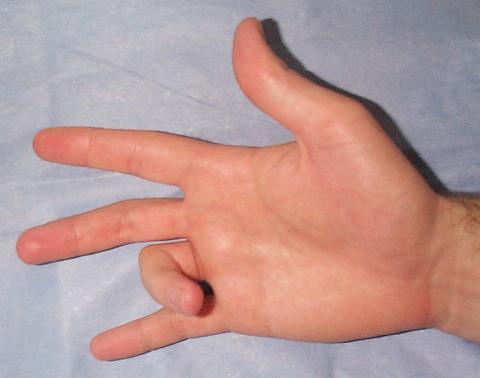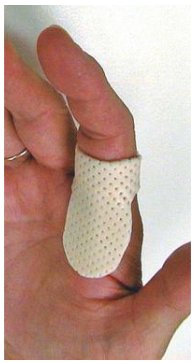nalco group
bone, muscle & joint pain physio
BOOK NOW / WHATSAPP ABOUT YOUR PAIN OR INJURY
- NOVENA 10 Sinaran Drive, Novena Medical Center #10-09, Singapore 307506
- TAMPINES 9 Tampines Grande #01-20 Singapore 528735
- SERANGOON 265 Serangoon Central Drive #04-269 Singapore 550265
Home > Blog > Hand Therapy & Customized Splinting > Conditions > Finger, Hand, Wrist, Forearm & Elbow Conditions > Trigger Thumb And Finger Hand Therapy
Trigger Thumb And Finger Hand Therapy
“Working with a knowledgeable hand therapist can make the difference between success and failure in complex hand surgical cases. The therapist extends the continuum of our care, as well as functioning as coach and trainer for our patients.”
Marybeth Ezaki, MD, Past President, American Society for Surgery of the Hand
In Phoenix Rehab, our senior hand therapists are experienced licensed and dedicated therapists (physiotherapists and/or occupational therapists) who specialized ONLY in the rehabilitation, treatment and management of painful fingers, hands, wrists, forearm & elbow conditions, because of interest, passion and expertise.

Trigger finger refers to the inflammation of one of the tendons, or cord-like structures on the palm side of the hand, that allows the fingers and thumb to bend.
You see, our finger tendons is surrounded by a fluid-filled tube or sheath that allows the tendon to glide more easily.
When the tendon is inflamed, it cannot slide easily, making it difficult to bend or straighten the finger or thumb.
This is also known as tendonitis.

Trigger finger
What are the symptoms of trigger finger?
The first sign of trigger finger may be pain and a small nodule or bump in the palm of the hand.
A physician or our senior hand therapist may feel for tenderness and swelling at the base of the finger or thumb. The patient will be asked to make a fist and then straighten the fingers.
The affected finger or thumb may stay curled (or bent) and then suddenly pop to a straight position, as if releasing the trigger of a gun.
This repeated catching and releasing continues to irritate the tendon. If the condition persists for several months, the finger may become stiff ie locked and difficult or unable to straighten even with assistance.
What causes trigger finger?
Often the cause of trigger finger is unknown; however, trigger finger may occur with repeated gripping, or with the use of tools, such as a drill or wrench.
It is also more common in people with diabetes, arthritis or when there has been an injury to the palm of the hand.
We had also seen patients who reported that their trigger finger happened after:
- sustaining a fall onto their hand
- a bite by their pets
- accidentally hit a hard surface (non-fall)
- pregnancies and post delivery (parents)
What is the treatment for trigger finger?
If the symptoms are mild, the physician may prescribe anti-inflammatory medication.
If the triggering is moderate to severe, the physician may recommend a cortisone injection along with a custom-made orthosis designed to rest the finger, as well as a referral for hand therapy interventions.
Surgery may be recommended if resting or injections do not relieve the triggering.
We recommend hand therapy first to try to avoid surgery (we have helped patients avoid trigger finger release surgery with hand therapy)
What can a hand therapist do for me?
The physician may refer the patient to our senior hand therapists for non-operative and post-surgical treatment.
For non-operative treatment, our senior hand therapisst has specialized training to fabricate a custom orthosis to rest the finger, and to teach the patient exercises to avoid joint stiffness during the healing process.
The certified hand therapist will also discuss ways to modify activities while the finger is healing. Hand therapy following surgery will improve range of motion, and teach the patient how to regain the function of the hand.

A customized splint for trigger finger pain relief and rest
Patients may also receive the following hand therapy treatment modalities:
- cold therapy
- heat therapy
- moist heat paraffin wax therapy
- manual therapy
- joint mobilization
- ultrasound therapy
- stretching exercises
- strengthening exercises
- scar management
- etc
